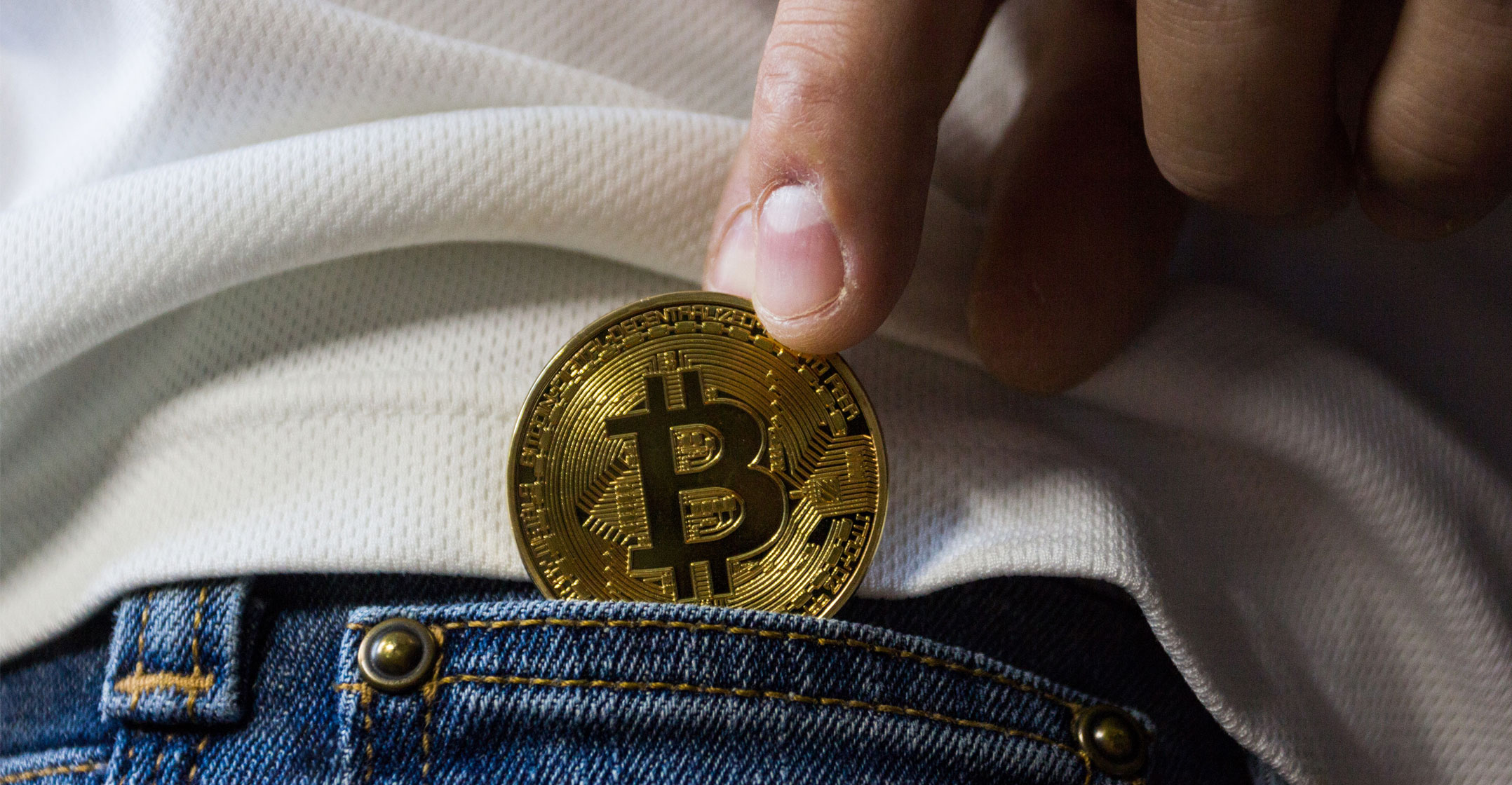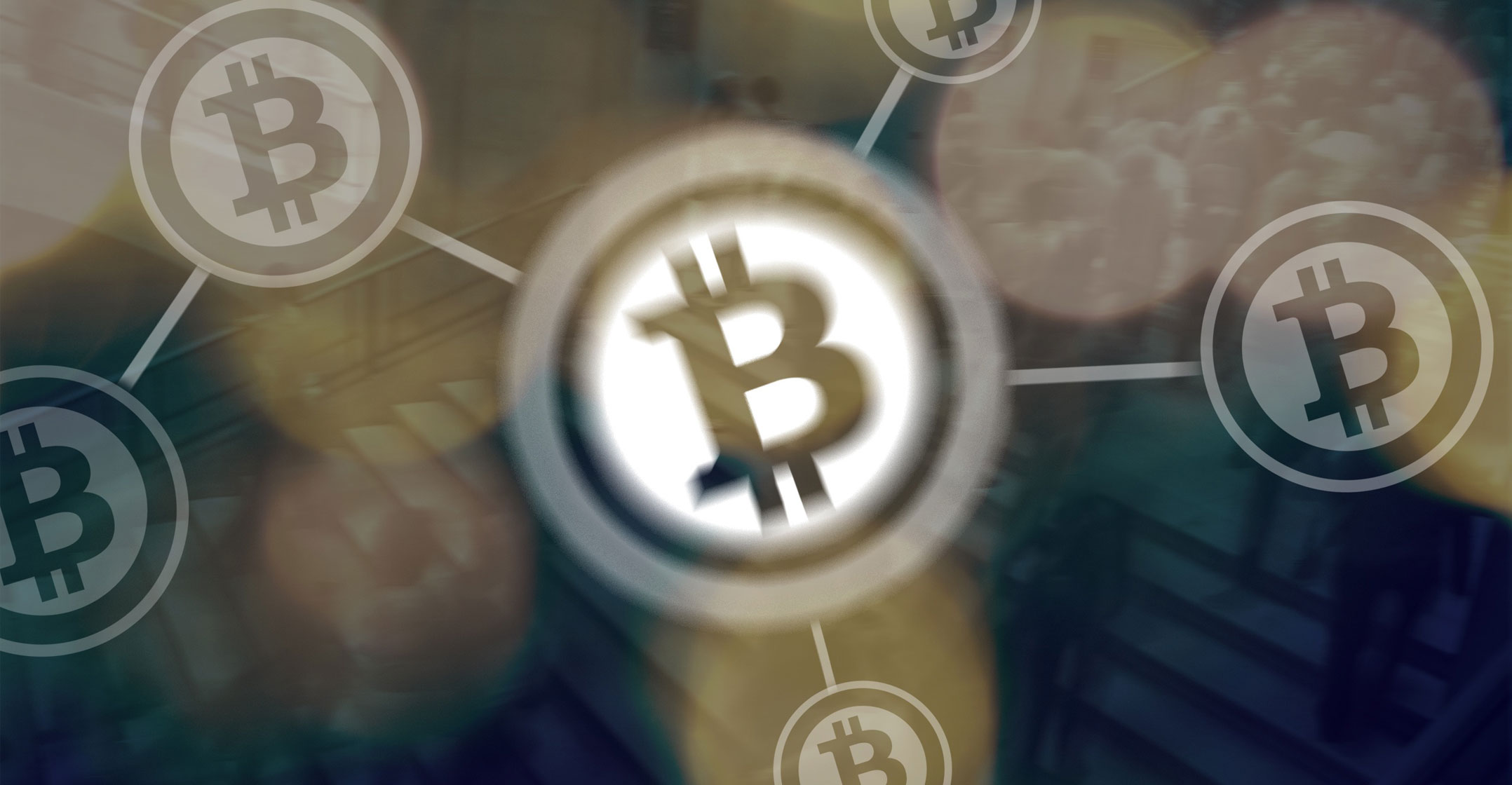 The cryptocurrency world was the subject of much derision in early 2018. It had all the signs of a bubble, complete with shady promoters, a speculative frenzy and investors with precious little knowledge piling into the market. I was a vocal bear at the time, but no longer. There has never been a greater need for a stateless currency and store of value held outside the financial system.
The cryptocurrency world was the subject of much derision in early 2018. It had all the signs of a bubble, complete with shady promoters, a speculative frenzy and investors with precious little knowledge piling into the market. I was a vocal bear at the time, but no longer. There has never been a greater need for a stateless currency and store of value held outside the financial system.
Sure, bitcoin behaves a bit more like an asset than a currency at this point; there’s not much you can buy with it, and most people intend to simply buy and hold it forever. And the “forever” part doesn’t really make any sense, with the die-hard crypto fans thinking that someday there will be no cash and we will just be zipping bitcoin around between our phones to pay for things. Maybe. Admittedly, it hasn’t been a terrific store of value, as it is prone to getting vapourised fairly frequently. Perhaps it is a feature, not a bug.
The more immediate issue for me is that the philosophical basis for fiat currencies has never been more fragile. No politician in the US is talking about the need to shrink what are becoming very large budget deficits, with the possibility that they can only be financed directly by central banks. This is known as Modern Monetary Theory, or the printing of as much cash as a government needs to fund its spending.
Governments can print currencies, but not bitcoin. You can mine it, but there is not much mining left to do. Governments can’t print gold, either, though I suppose we could discover a lot more of it. Despite an almost doubling in dollars outstanding since before the financial crisis to US$15-trillion as measured by M2 to pay for three rounds of quantitative easing by the Federal Reserve, there is no inflation. In fact, the concern is deflation. I’m not smart enough to figure out why it played out this way, but it just seems like common sense that you would want to avoid any currency that is being debased to such a degree.
We are very early in the 2020 US presidential campaign. The types of things being talking about — student loan forgiveness, medical debt forgiveness, Medicare for all, a wealth tax — would require bond issuance that might not easily be absorbed by the capital markets. Of course, even that idea seems ludicrous today, as debt outstanding has tripled and interest rates have done nothing but go down. We seem to be past the point where we worry about paying for stuff.
Better than gold
Direct financing by the central bank is probably the only way to accomplish these goals. President Donald Trump has been busy obliterating presidential norms through his harassment of the Fed, and it’s not unreasonable to conclude that his successor will do the same or maybe even eliminate the institution altogether. The Libertarians like to point out that the dollar has lost 96% of its value since the Fed was created in 1913. Wait until they see what happens when there is no Fed, which at least makes some pretense at maintaining purchasing power.
I like gold, but I like bitcoin better — and I own both. The technology of blockchain is actually quite boring (a distributed, open ledger), and if you didn’t take the time to learn about it, it would be easy to miss its significance. No government can ban bitcoin or seize it. It is technologically impossible, without a piece of technology known as a quantum computer. It is the ideal way to move capital seamlessly and secretly around the globe at minimal cost.
I’ve found that people tend to be attracted to cryptocurrencies for different reasons. The true bitcoin geeks are Utopians who envision a society unencumbered by centralised central banks with policy makers who tend to concentrate risk and mistakes. The finance guys, like myself, see a creeping authoritarianism in politics, which has the potential to translate into very illiberal economic policies. But there is more to it than that.
 If you believe that bitcoin has a future, then the maths is simple. If you assume that only 0.5% of the population has adopted bitcoin, and that there are only 16 million to 17 million bitcoins available, then as adoption inevitably increases the price of bitcoin will rise significantly. But I also look at it in another way, which is that with every new technology, there is an initial bubble phase. Dot-com stocks in 1999, for example. The Internet held such promise, and investors were discounting that promise out into infinity and the bubble eventually burst.
If you believe that bitcoin has a future, then the maths is simple. If you assume that only 0.5% of the population has adopted bitcoin, and that there are only 16 million to 17 million bitcoins available, then as adoption inevitably increases the price of bitcoin will rise significantly. But I also look at it in another way, which is that with every new technology, there is an initial bubble phase. Dot-com stocks in 1999, for example. The Internet held such promise, and investors were discounting that promise out into infinity and the bubble eventually burst.
But the promise of the Internet was real, and over 20 years that promise came to be realised, and a real bull market — not a bubble — developed. It seems like 99% of the dot-com stocks disappeared, but a handful went to $1-trillion market caps.
This pattern will be repeated with bitcoin and blockchain. We’ve already had the initial bubble, replete with “CoinDaddy” and “Bitcoin Jesus”. Now we get down to the hard work of realising the potential of the technology, which could be as influential as the Internet itself. I believe there will be another bull market, much larger than the first one, where the potential is finally realised. Bitcoin is currently in a state of neglect. I don’t think we’ll have to wait 20 years for the second act. — By Jared Dillian, (c) 2019 Bloomberg LP

